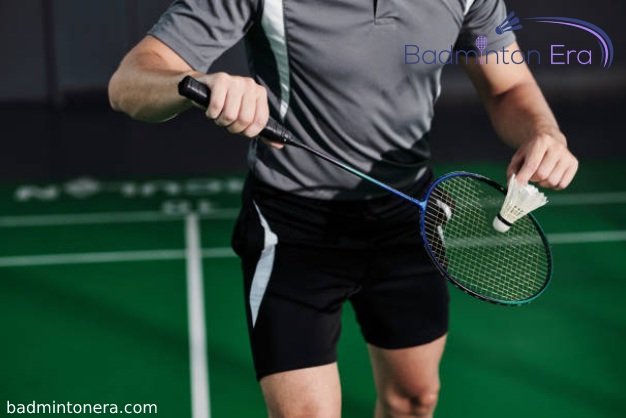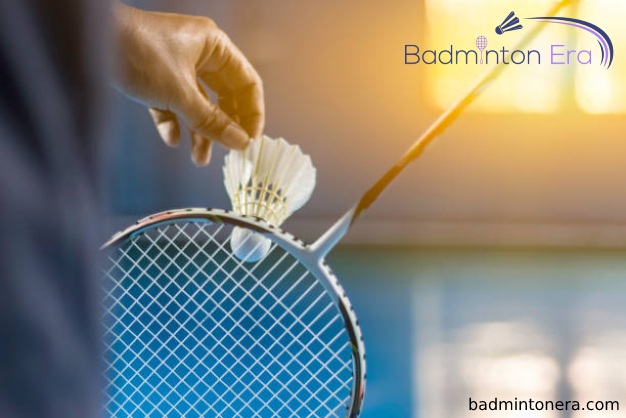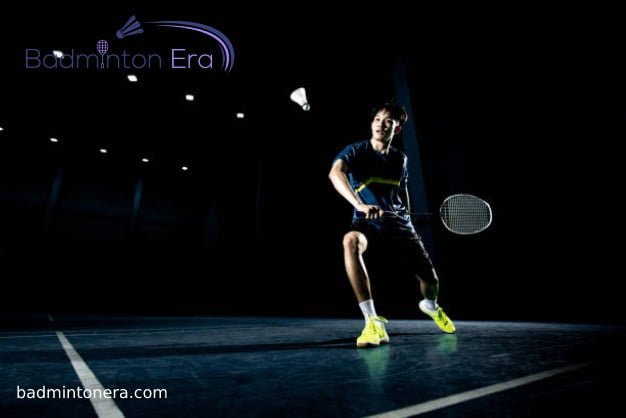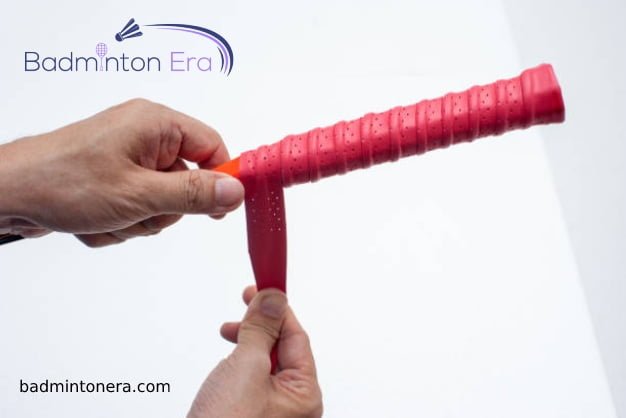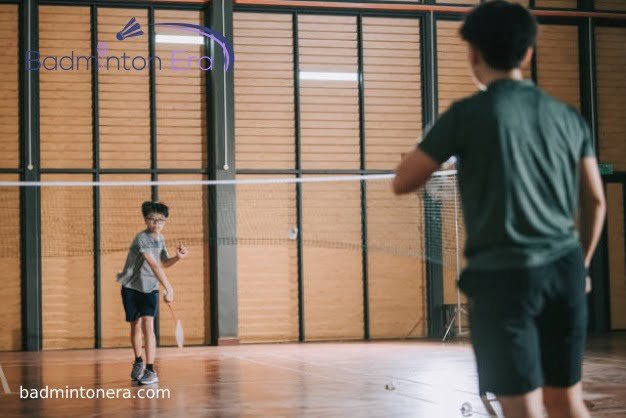What Muscles Does Badminton Work
What Muscles does badminton Work? Despite being a widely played game, it demands a high degree of expertise to play. High levels of agility and endurance are also required, especially for elite-level gamers. Your success is based on how well your muscles work out and how swift and nimble the playing field is.
What Muscles Does Badminton Work?
The following main muscles must be used when playing badminton:
- The gastrocnemius, soleus, and anterior tibialis muscles of the lower leg.
- The gluteals, hamstrings, and quadriceps are located in the upper legs and hips.
- The gluteals, adductors, abductors, and hip flexors, make up the hip.
- The latissimus dorsi, teres major, pectorals, and deltoids make the shoulder girdle.
- The rectus abdominus, obliques, and spinal erectors make up the core muscles.
- The wrist flexors and extensors, biceps, and triceps are located in the forearm and upper arm.

Which Muscles Are Most Frequently Used in Badminton?
You should arm yourself with badminton health advantages whether you already play the game or want to start. Badminton is a good activity for building muscle. In this post, we covered a few of the key muscles that are most perfect for playing badminton effectively.
Hip and Upper-Leg Muscles:
Important muscles required in badminton are the hips and upper legs referred to as the gluteus muscles. They can be classified as hip adductors, gluteal muscles, or iliopsoas muscles, among others. Numerous muscles surrounding the thigh and hip are included in the hip and upper leg muscles. They help to stabilize the pelvis and strengthen the thigh around the hip joint.
Muscles in the Shoulder Girdle:
The latissimus dorsi, often known as the shoulder girdle muscle, is another essential muscle for playing badminton. Do you know what these muscles in your shoulder girdle do? Levator scapulae, trapezius, rhomboid, pectoralis minor, and serratus anterior muscles make up this group.
According to the healthy sport of badminton, your pectoral girdles are mostly in charge of giving your shoulder area, on both the right and left sides of your body, structural support. This enables a variety of arm motions and even connects other muscles, making it perfect for exercising. Therefore, don’t be afraid to try strengthening your shoulder girdle muscles while playing the game.
You cannot walk or run during a badminton match due to the powerful upper and hip muscles. If you enjoy playing badminton or are considering signing up for a match, be sure to focus on developing your upper leg and hip muscles, as they are unquestionably important.
Muscles in the Forearm and Upper Arm:
Extending the hands, upper arm, and forearm muscles are necessary to regulate arm movement during badminton. You will have no trouble moving your arm from one position to another during the game if you have strong upper arm and forearm muscles.
Biceps brachii flex and upper arm and forearm muscles work together. They do a great job of rotating you either upward or downward.
Unfortunately, several ailments, including muscular strains, shoulder injuries, and even nerve compression, are more likely to impact the arm muscles. As a result, if you enjoy the game, be sure to work out to develop your upper and forearm muscles. Doing all of these things can help you avoid badminton injuries, including rotator cuff, Achilles tendon, and anterior cruciate ligament sprains, among others.
Core Muscles:
The oblique, rectus abdominus, and spinal erector muscles, often referred to as core muscles, are good for playing badminton. The multifidus, rectus abdominis, and pelvic floor muscles are a few of these important core muscles. The trapezius, gluteus maximus, and latissimus dorsi are minor core muscles.
These abdominal muscles help a badminton player’s spine stay stable while giving solid support. Your muscles assist in dispersing the stress throughout your body, keeping your hips, neck, and even back pain at bay. On the other hand, lesser core muscles like the latissimus offer exceptional endurance perfect for a badminton match.
Lower Leg Muscles:
Since badminton is a contact sport, players frequently lunge toward and touch one another. These muscles concentrate on the gluteus maximus, the butt muscles, and the hamstring and quadriceps muscles of the thigh. They are necessary for those who move their bodies often. You will find playing badminton games to be simple and pleasant.
Additionally, a few badminton players have weak leg muscles. In actuality, they cannot withstand lengthy play. While attempting to gain the stomach muscles and other lower leg muscles. Long-term durability will be ensured by this method. Working with this lower leg strength is therefore a great idea.
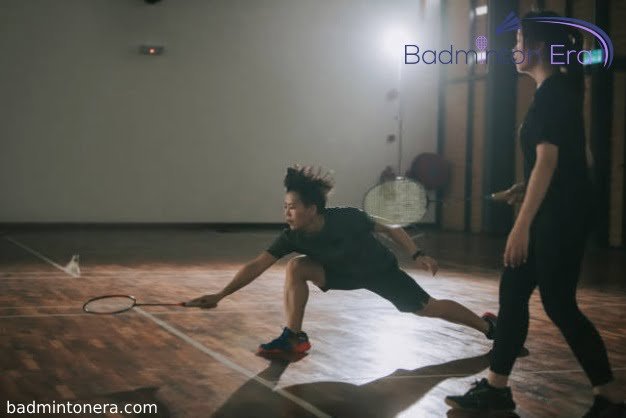
Middle Body Muscles:
Middle-body level muscles are crucial to the outstanding cardiovascular training and game-day endurance required at the international badminton tournament level. These muscles produce balance and agility when the lower, forearm, and core muscles are combined.
Middle body muscle comprises a strong strength component, a general cardiovascular program, and superb flexibility training. Which maintains you flexible, healthy, and perfect to perform to your highest potential whether you’re a badminton player. Your badminton performance will improve with the right warm-up activities, a thorough cool-down, and flexibility training of your middle body.
The Muscles of the Adductor and Abductor:
Are you a badminton player who wants to advance your game? You must work your adductor and abductor muscles tirelessly. These muscles are necessary for a professional badminton player.
The adductor and abductor muscles work well with the waist and lower back area to offer stamina because the game requires a lot of twisting and reaching motions from one corner to the other. The adductor and abductor muscles significantly engage the back, chest, and shoulder to guarantee flexibility in the play.
Hamstrings, Quadriceps, and Gluteals:
When playing badminton, stability is provided by the gluteals, hamstrings, and quadriceps muscles. Strengthening these muscles might help you balance and coordinate better in playing badminton.
Regular badminton play may also effectively tone these muscle groups. It is crucial to warm up before playing to prevent more injuries,. To maximize outcomes, ensure the use of the appropriate tools and practice with the ideal form.
Muscles Used in Badminton:
At the highest levels of competition, extreme cardiovascular fitness and muscular endurance are required. Badminton success requires excellent agility, quickness, and rapid responses. The badminton player needs lower body strength and stamina; upper body strength is also necessary for a powerful swing. Balance is aided by core strength and endurance, which increases overall agility.
You can propel your body forward and uphill with your lower leg muscles. You can stand, walk, run, and leap with the assistance of your upper leg and hip muscles. In the lower leg region, the gluteals (buttocks), hamstrings (back of thigh), and quadriceps (front of thigh) are all significant muscle groups.
While you need power the greatest, such as during a race or lifting something big, all these muscles come together to give it to you. Make sure to regularly do workouts that concentrate on each distinct muscle group to achieve optimal strength in these areas.
Final Thought:
All of these muscles are used throughout a badminton game to strike, rotate, run, and do other actions. Thus, playing badminton is wonderful for your health and helps you lose weight. Your interest in your career as a badminton player may be destroyed if you don’t have the necessary muscles for the sport.
Spend some time learning how these muscles function so that you may use them to enhance your gaming. Consult professionals to better understand how to manage your body while playing to avoid damaging vital muscles that are needed for the game and life in general. Undoubtedly, badminton calls for exceptional bodily balance, rapid reflexes, quick recovery, and mental strategy, to name a few.

